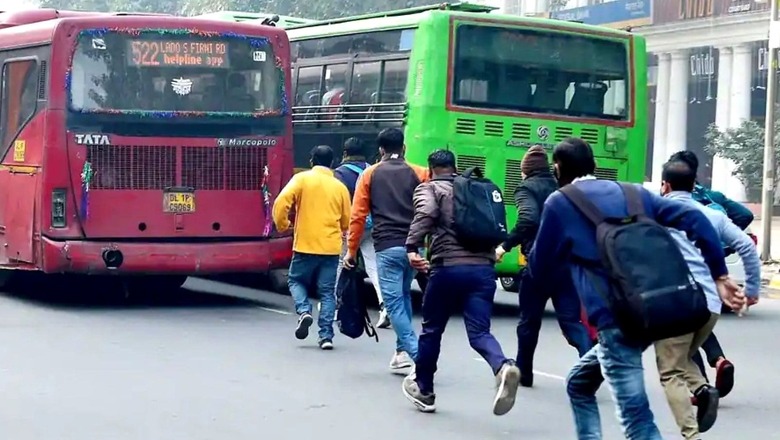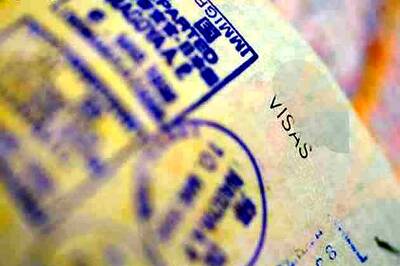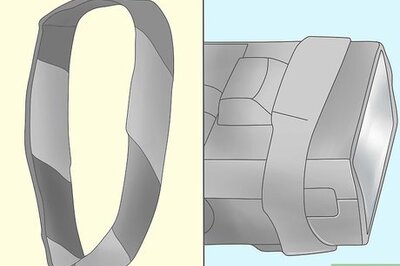
views
Delhi saw the beginning of trial run of 26 new bus routes. With a fleet of 151 vehicles and classification of the bus services into six categories depending on their purpose and level of operation, the Delhi government has announced a significant overhaul of the city bus service. Central Business District (CBD) circulators, trunk routes, primary routes, airport service routes, last-mile feeder routes, and NCR routes are the six route classifications.
These measures were suggested as part of the route rationalisation study. The national capital’s transportation division has chosen to add 91 new bus routes and update 42 present bus routes.
Also Read: First Indigenously Developed Hydrogen Fuel Cell Bus Unveiled in Pune
According to a transport department official who spoke to the Hindustan Times, decisions regarding bus route rationalisation were made after thorough data analyses of the number of passengers using various routes on various days along with many other factors. The official explained, “The route rationalisation is based on the idea of providing universal accessibility, multi-modal integration with Metro stations and also connecting more areas with the network.”
The trial run was initiated by the transportation department on circulator, trunk, primary, and airport routes. The trial is currently unavailable on NCR and feeder service routes. By November 21, the Aam Aadmi Party government is seeking feedback and inputs from the public on the route rationalisation.
Transport minister Kailash Gahlot had tweeted in Hindi seeking suggestions on the rote ratilonalisation. He urged people to email their feedback to [email protected].
दिल्ली के सभी नागरिक जो बस से यात्रा करते हैं, उनसे अनुरोध है कि वे हमें अपनी प्रतिक्रिया या सुझाव Email Id: [email protected] पर भेजें |रूट रेशनलाइजेशन स्टडी के सुझावों के द्वारा दिल्ली के सार्वजनिक परिवहन को और सुविधाजनक बनाने मे आपके हर एक सुझाव हमारे लिए बहुमुल्य हैं | https://t.co/pFvug0E9w6
— Kailash Gahlot (@kgahlot) September 22, 2022
With a bus frequency of every 5 to 10 minutes, the CBD circulators will enhance connectivity between Delhi’s major business districts. New Delhi railway station, Mori Gate terminal, Jahandewala, Connaught Place and Nehru Place terminal are expected to be covered in5-10 minute frequencies.
The primary routes will connect the sub-CBDs from residential neighbourhoods or other sub-CBDs, while the trunk routes will connect the CBDs from the city’s major hubs. Both of these routes will operate every 10 to 20 minutes.
The airport service lines, which operate with a frequency of every 10 minutes, will link the airport with the main hubs of the capital. The last-mile feeder lines, which operate at a frequency of seven to fifteen minutes, will link the trunk or primary routes of metro stations with residential neighbourhoods. The NCR lines would offer a connection between Delhi and the cities in the National Capital Region. These routes will operate with a 20-minute frequency.
Source
Read all the Latest Auto News and Breaking News here




















Comments
0 comment